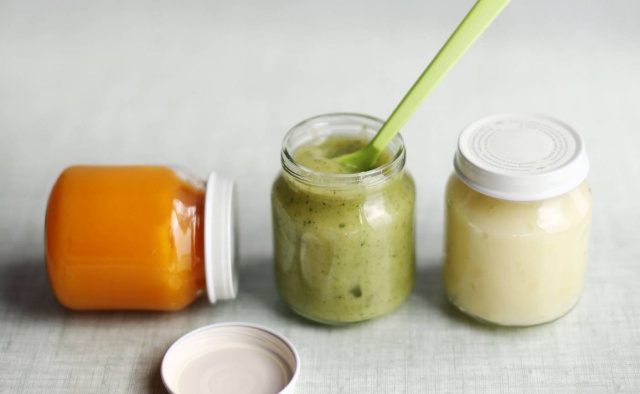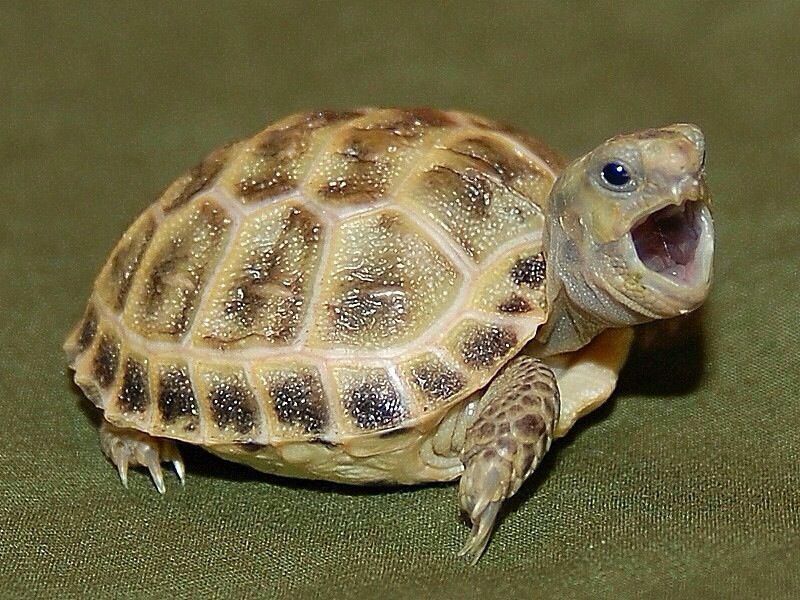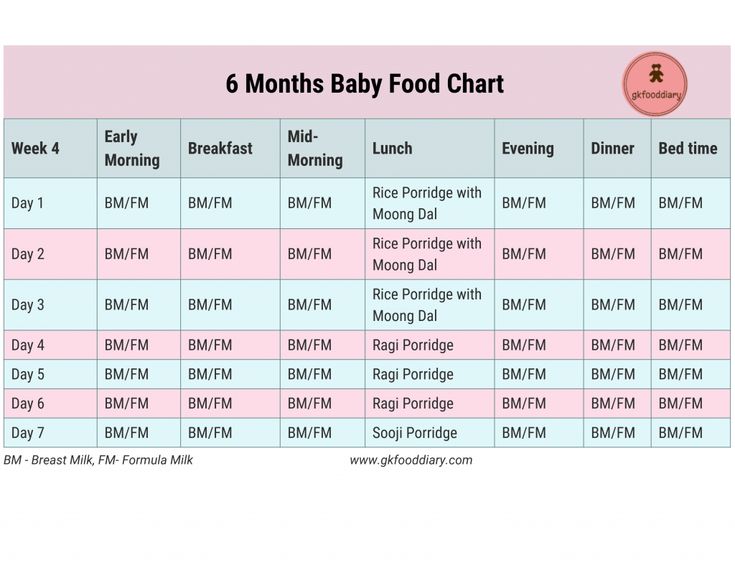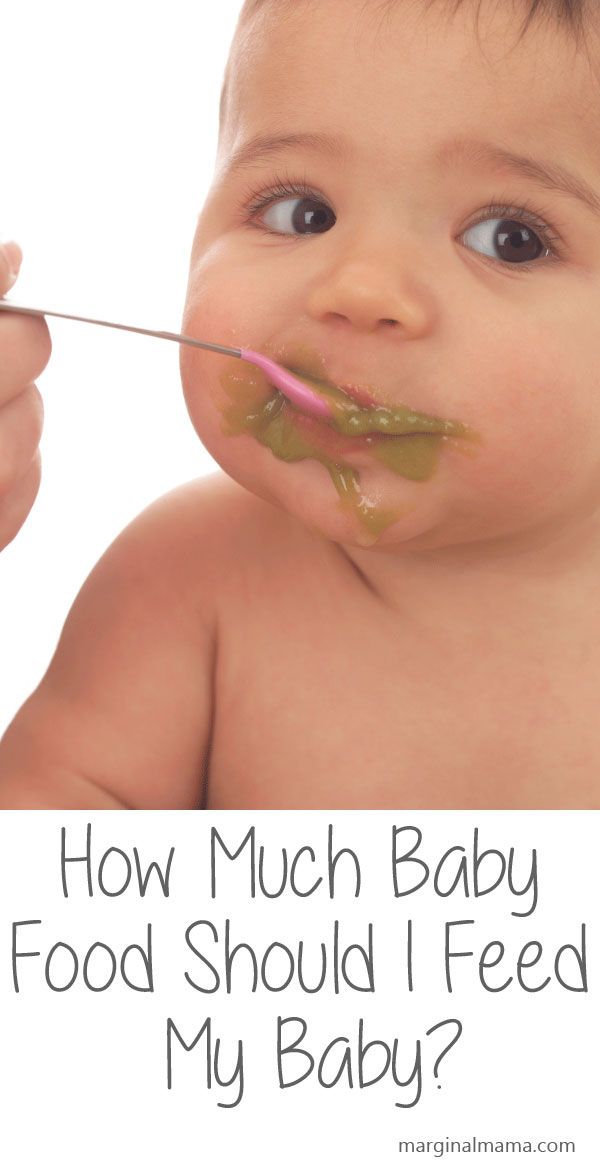Can i feed my baby canned pumpkin
You can and should feed pumpkin to your baby
You are here: Home / Eating / You can and should feed pumpkin to your baby
145 shares
One of Heather’s clever “homemade” baby food cheats is to open a can of organic pumpkin and feed it to a baby.
Adding pumpkin to rice cereal or oatmeal makes a fancy fall breakfast, like something you could order at Starbucks, but without whipped cream. Experiment with cinnamon, nutmeg, and or ginger to help your baby embrace flavors.
A parent with mad kitchen skillz may be harvesting pumpkin meat out of actual pumpkins this season to make pies, breads, roasted pumpkin stews, and more. But I won’t.
I love that pumpkin comes pureed in a can. It’s a bright orange vegetable full of beta-carotenes and Vitamin C. And it’s so easy to use.
A cup of cooked, mashed pumpkin contains more than 200 percent of your recommended daily intake of vitamin A, which aids vision, particularly in dim light, according to the National Institutes of Health.
![]()
Here are some healthy pumpkin combos used by packaged baby food companies that you can knock off at home.
Pumpkin + Banana – flavor concept by Plum Organics. Good for 6-ish months and up. Fork mash banana and mix with pumpkin. Add baby milk of your choice for new eaters to smooth it out. Increasingly leave chunks for older babies to help them learn to accept wet and lumpy food.
Sweet Potato + Pumpkin + Bananas + Blueberry – flavor concept by Ella’s Kitchen. This superfoods bonanza sounds like too much work because there are so many ingredients, so I think it’s best as a non-pureed meal: a bowl of pumpkin, sweet potato chunks, and banana wheels with blueberries.
Pumpkin + Sweet Potato + Pear – flavor concept by Happy Baby (sold as an 8-pack of pouches on Target.com). Here’s where I’d peel and dice the sweet potato and pear, boil or steam them, puree together and then when cooled, stir in pumpkin. For babies who have eaten each of these foods separately, this is a yummy treat.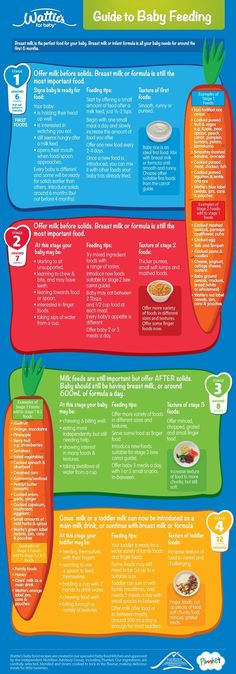 Make a big batch and freeze some.
Make a big batch and freeze some.
Spinach + Pumpkin + Chickpeas – this flavor by Plum Organics sounds gross to me, so I would probably start by mixing canned pumpkin into hummus and see how that goes.
Pumpkin + Apple – as sold by Earth’s Best. This puree blend is super easy: Canned pumpkin mixed with apple sauce. Add yogurt for protein and another variety.
And guys? Make sure to buy canned pumpkin, not canned pumpkin pie mix.
Bonus Pumpkin fun: Turn it into a smoothie.
For the smoothie I made this morning, I used
1 huge spoonful of canned pumpkin
1 frozen banana
1 cup of vanilla coconut milk from Trader Joes (you can use almond milk or regular milk — or add yogurt for extra creaminess)
1 shake cinnamon
1 shake nutmeg
1 shake cloves
Honestly, I don’t love this. But I don’t love pumpkin pie, either. (My son would love it, however, and the idea was not a pumpkin smoothie that *I* would like. ) I’ll give this to him after school, after keeping it cool in the fridge.
) I’ll give this to him after school, after keeping it cool in the fridge.
And as long as I’m being honest, I hate the paper straw you see in the picture. Sure it looks cute in pictures, but paper straws suck. They get all mushy and bent in your mouth, especially if you’re a slobbery kid. But straws in general are so much fun for kids, and as my son never took a bottle, I tried a straw with him when he was about a year old and he got the hang of it quickly.
Once I’ve opened a can of pumpkin, I want to use it up as quickly as possible. Today after my smoothie session, I added a half-cup of the pumpkin mix to brownies. So good!
ps. This is the perfect time of year to go take a pumpkin picture!
Whitney Filed Under: Eating, Free/Cheap, How to, Month 10, Toddler
Don’t forget to sign up for our newsletter
Pumpkin for Baby | Pumpkin Baby Food WholesomeBabyFood
What’s Covered:
- When can baby eat pumpkin?
- How do I choose a pumpkin for baby?
- How do I cook pumpkin for baby?
- Pumpkin baby food recipes
Did you know that Pumpkins are actually fruits. Many of us think of pumpkin as a fruit so it’s also included it in the Fruits pages. Of course, there are also many people who think of pumpkin as a veggie. How do you think of pumpkin? A pumpkin is a type of squash and is a member of the gourd family (Cucurbitacae). This family also includes squash, cucumbers, gherkins, and melons.
Many of us think of pumpkin as a fruit so it’s also included it in the Fruits pages. Of course, there are also many people who think of pumpkin as a veggie. How do you think of pumpkin? A pumpkin is a type of squash and is a member of the gourd family (Cucurbitacae). This family also includes squash, cucumbers, gherkins, and melons.
Pumpkins are jam-packed full of some of the best nutritional compounds around. They are highly loaded with Vitamin A and beta carotene. Beta Carotene is one of the plant carotenoids that when eaten and digested, turns into Vitamin A in the human body. Beta Carotene may reduce the risk of cancer as well as heart disease. It also may be responsible for combating or putting off the degenerative effects of aging.
Pumpkins are also good sources of potassium, protein, and iron. Pumpkin seeds also contain a good amount of protein and iron so eating the seeds does provide some nutritive value. We don’t recommend that you offer your baby or toddler pumpkin seeds however. Pumpkins are wonderfully low in fat, low in calories but high in fiber.
Pumpkins are wonderfully low in fat, low in calories but high in fiber.
The Nutritional Goodness of Pumpkin
| PUMPKIN: (one cup – cooked) | |
VITAMINS:
| MINERALS:
|
When can my Baby eat Baby Food Recipes with Pumpkin?
Babies may begin to eat Pumpkins from 6 months old. You may feed your baby plain pumpkin in pureed form or mixed into homemade cereals, yogurts, and even in meats such as chicken.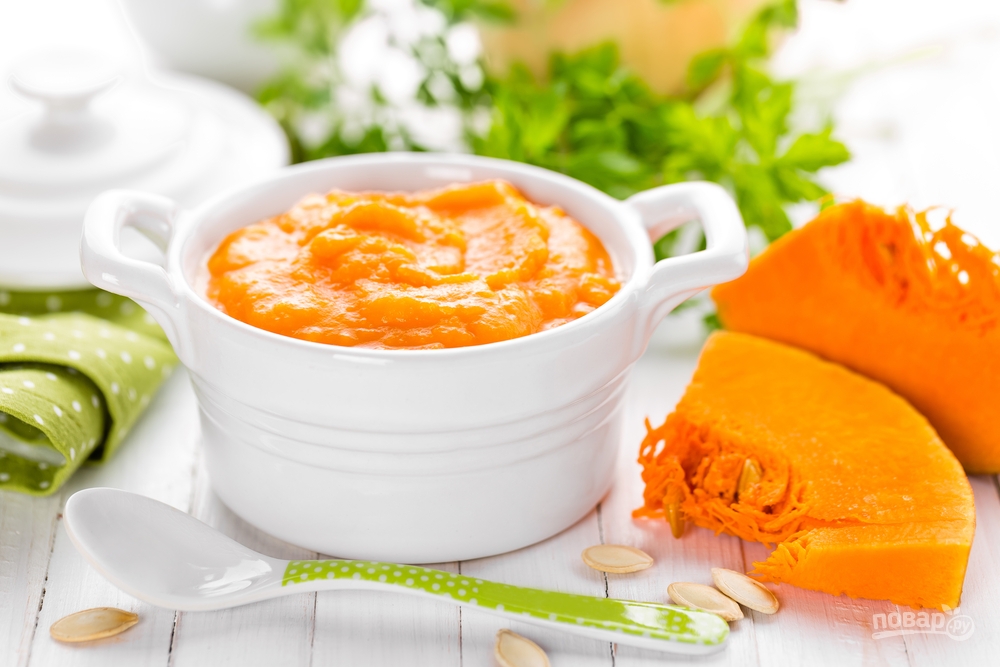 Adding a dash of cinnamon to pumpkin gives baby a first exposure to the wonder of spices.
Adding a dash of cinnamon to pumpkin gives baby a first exposure to the wonder of spices.
You may also bake pumpkin as you would a butternut or acorn squash and serve the baked pumpkin in small dices as Baby Finger Foods. Rub a wee bit of butter and a bit of cinnamon on the inside of the pumpkin prior to baking for a tasty nutritious treat.
Choosing a Pumpkin to cook for Homemade Baby Food Recipes
According to the EWG, pumpkins are not one of the “dirty dozen” foods that are most highly contaminated with pesticides – purchasing organic is a personal choice.
If you will be using Pumpkins in food dishes, look for smaller, immature pumpkins – sometimes these “cooking pumpkins” are labeled as “sugar pumpkins” or “pie pumpkins”. The smaller, sugar/pie pumpkins provide the most flavorful additions to any baked dish or baked good and are great as a soup. These smaller pumpkins are more tender and less stringy than the larger variety. Sugar pumpkins also have firm, sweet flesh compared to their big counterparts. Try to find a pumpkin anywhere between five to eight pounds.
Sugar pumpkins also have firm, sweet flesh compared to their big counterparts. Try to find a pumpkin anywhere between five to eight pounds.
You may use canned pumpkin for baby food. Ensure that you purchase canned pure pumpkin and NOT “Pumpkin Pie” mix. The Pumpkin Pie mix contains sugars, starches and other additives. We do not recommend using canned foods for all of baby’s homemade food. Please visit our Using Canned Foods for Making Homemade Baby Foods.
Is it Safe to Feed my Baby Canned Pumpkin
How do I cook a Pumpkin?
Pumpkins may be poached, boiled, steamed or baked. Please be aware that Pumpkins tend to loose their nutritive value with prolonged cooking. Baking pumpkins for homemade baby food will ensure the most nutrients are retained for your baby. A Pumpkin must be cooked immediately after you have cut it open or you will find a brownish-blackish mold begin to immediately set into the flesh.
Once cooked, Pumpkin should be used and/or chilled immediately. If you will not be using the cooked pumpkin immediately, store it either pureed or in the cooked chunks, in the freezer. it does freeze well. The cooked pumpkin will turn a brownish orange so don’t be alarmed when you peak into the bowl and find that color.
Baking pumpkins, like many other fruits/squashes may be the best choice of cooking for optimal flavor and nutrient retention.
When scooping out the “meat” of many winter squash types, you may encounter some very hard “strings”. These strings are actually the veins of the shell.
Look at the acorn squash or sugar pumpkin and notice it’s ridges. Between these ridges are the “veins” or strings that you may find once you have cut and then baked the squash or pumpkin. Check out the Is your pumpkin or winter squash puree plagued with hard strings? Blog post to see what I mean.
To avoid getting these hard little strings in your puree, scoop the insides out gently and not too closely to the shell.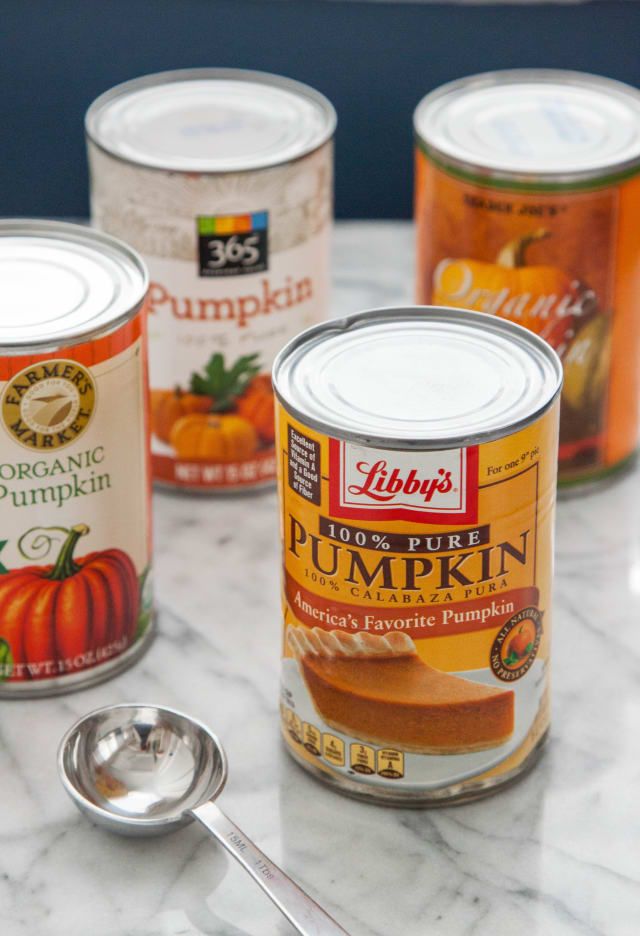 If you have baked your squash or pumpkin enough, these strings or veins will easily fall away from the shell as the meat is separated from it.
If you have baked your squash or pumpkin enough, these strings or veins will easily fall away from the shell as the meat is separated from it.
Basic Pumpkin Baby Food Recipes:
Pumpkin Puree Baby Food Recipe (6-8 months)Ingredients:
- 1 sugar pumpkin
- water
- cinnamon, nutmeg (optional – sprinkle into the cooking water or when you puree/mash)
Pumpkin is best when baked though you may peel, cube and steam it. Bake a pumpkin exactly as you would bake a winter (Acorn, Butternut etc.) squash. Pumpkin is after all a squash.
Directions:
Step 1: Halve the pumpkin, de-seed
Step 2: Place halves face down in a baking pan with approx 1-2 inches of water
Step 3: Bake between 375-425 F for approximately 40 minutes to 1 hour
Skin should be “puckery” and/or wrinkled and pumpkin should feel soft when pressed
Step 4: Scrape out the pumpkin “meat” and then mash or puree as needed for your baby.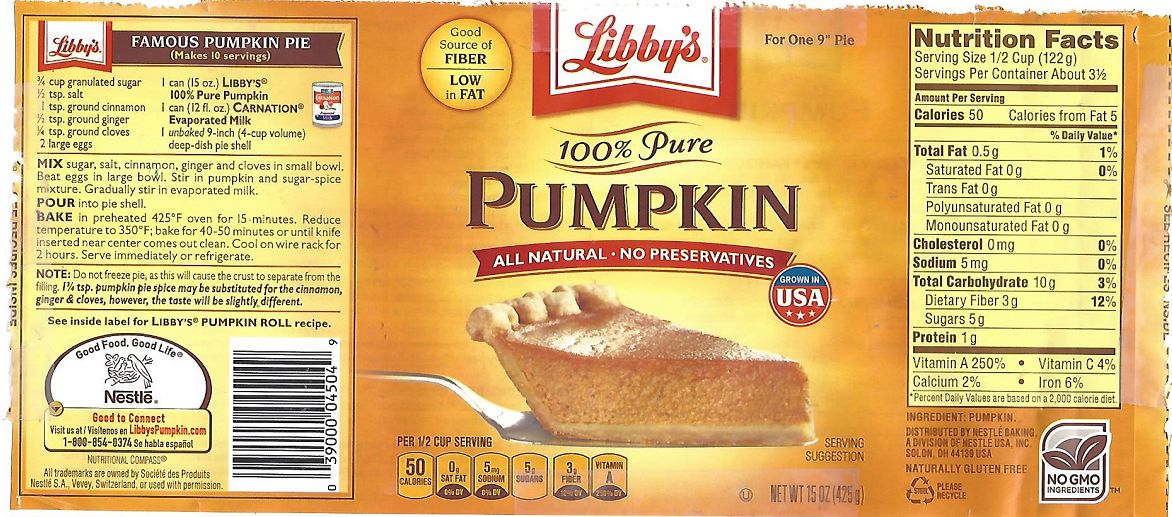
Apple Pumpkin Puree Baby Food Recipe (6-8 months)
Ingredients:
- 1 sugar pumpkin
- 3 Apples, peeled & cored (use Macintosh, Gala, Braeburn or Granny Smith)
- water
- cinnamon, nutmeg (optional – sprinkle into the cooking water or when you puree/mash)
Directions:
Step 1: Halve the pumpkin, peel and de-seed it then cut into cubes
Step 2: Slice the apples
Step 4: Bring water to a boil and then steam gently until soft and cooked. Be sure to check on the water level!Step 3: Add 3 inches of water to a pot and then insert a steamer basket – add the pumpkin cubes and apples
Let cool a bit then puree or mash as needed for your baby.
Pumpkin is very watery so baking is the best method – you may peel, de-seed and steam chunks of you prefer.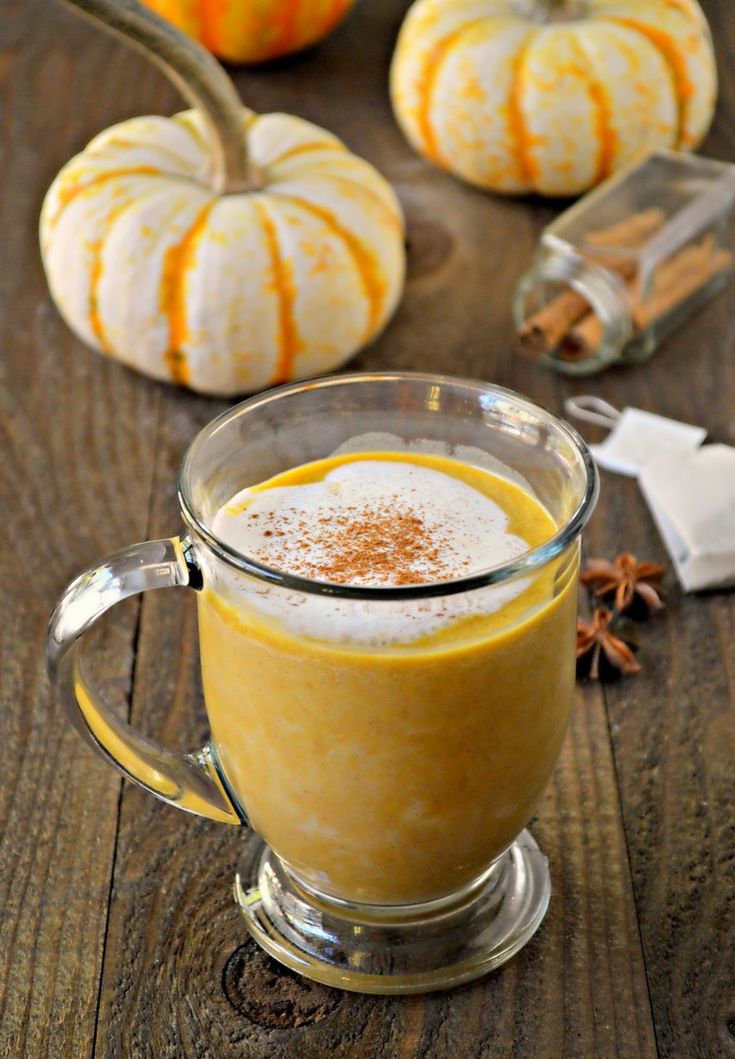
Apple, Pumpkin & Oatmeal Breakfast Baby Food Recipe (6-8 months)
Ingredients:
- 1/2 cup applesauce
- 1/2 cup pumpkin puree
- 1 1/2 cup (cooked) oatmeal
- Dash of cinnamon, nutmeg and/or ginger
Directions:
Step 1: Mix spices, applesauce, pumpkin puree and oatmeal together
Step 2: Stir thoroughly or blend if needed
Back to Top
Pumpkin Baby Food Recipes – Yummy Bananas & Pumpkin (6-8 months)
Ingredients:
- 1/2 cup pumpkin puree
- 2 small bananas
Directions:
Step 1: Mash 2 small bananas and add the pumpkin puree
Step 2: Mix thoroughly, blend if needed for your baby’s texture preferences. Makes a yummy addition to baby’s cereal or yogurt.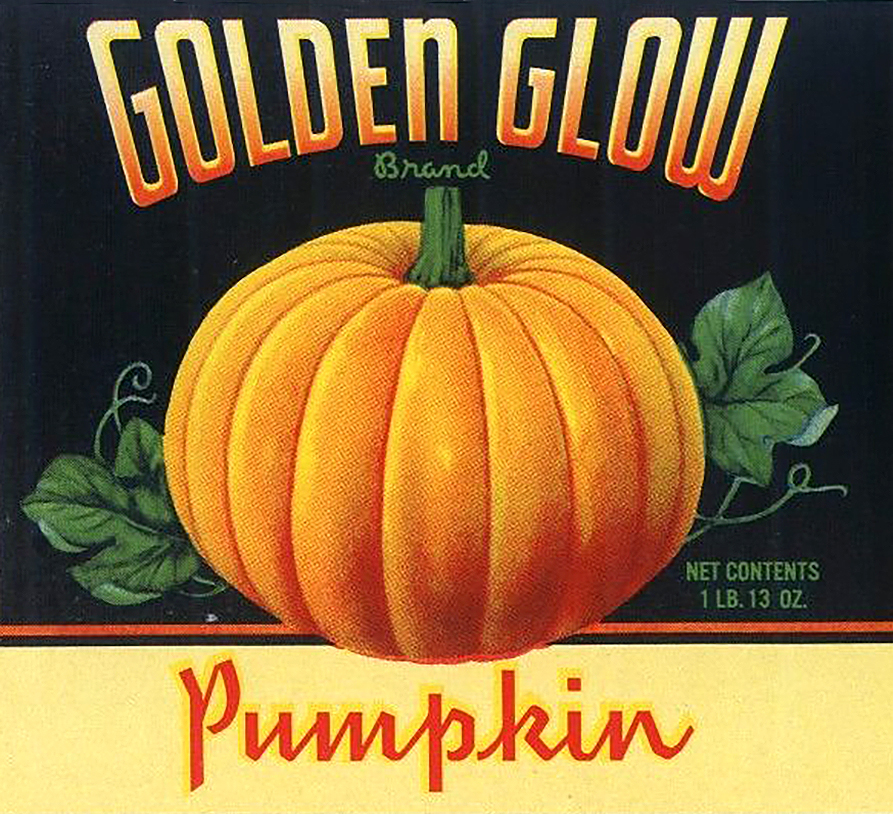
Baby’s Pumpkin & Pears (6-8 months)
Ingredients:
- ½ cup pumpkin puree (fresh or canned)
- 1 pear, peeled & cored & diced
Directions:
Step 1: Mash the pear and then mix in the pumpkin – puree if needed.
Pumpkin, Banana & Peaches (6-8 months)
Ingredients:
- ½ cup pumpkin puree (fresh or canned)
- 1 pear – peeled and cored and diced
- 1 peach – peeled, pitted and diced
Directions:
Step 1: Combine all food (steam pear and peach together if need be) and mash or puree if needed.
Back to Top
Savory Pumpkin Puree – A Tasty Pumpkin Baby Food Recipe (8-10 months)
Ingredients:
- 2 tablespoons extra-virgin olive oil
- 1/4 cup diced onion
- 1 to 2 cups pumpkin peeled and cut into 1/2-inch cubes (butternut squash may also be used.
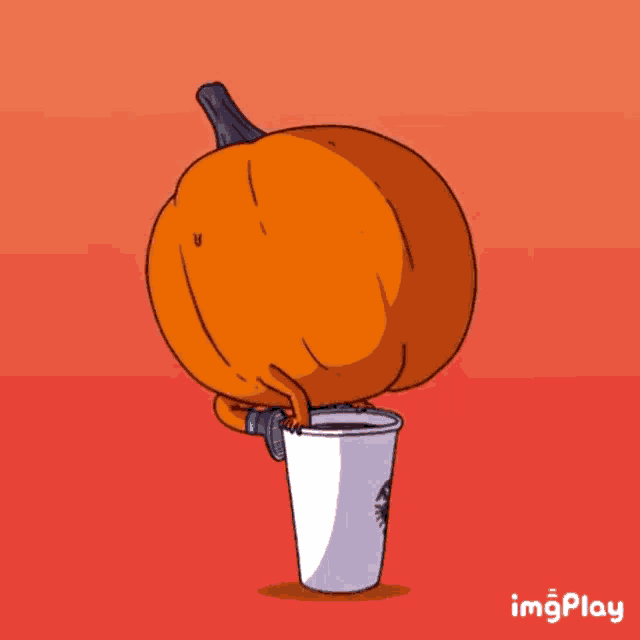 )
) - 2 cups vegetable stock
- pepper, rosemary, basil
- pinch of turbinado sugar if desired
Directions:
Step 1: Heat the oil in a medium saucepot then add the onion and squash cubes. Saute until the onions are soft and translucent then add the vegetable stock.
Step 2: Bring the mixture to a slow simmer and simmer until the squash is tender enough to puree. Season to taste with pepper, rosemary and basil
Step 3: You may make this a sweet puree by using nutmeg, ginger and cinnamon as the spices instead of the savory spices and herbs.
Step 4: Toss this mixture with cooked brown rice, couscous, lentils or even quinoa for a hearty meal.
Baked Pumpkin Slices (8-10 months)
Directions:
Step 1: Halve a sugar pumpkin then cut into slices as you would a melon
Step 2: Pat slices with a wee bit of butter (or olive oil if you prefer) then place slices on a greased (olive oil) baking sheet and sprinkle lightly with water
Step 3: Drizzle with pure maple syrup or sprinkle slices with brown sugar (if desired) and then sprinkle cinnamon, nutmeg and a pinch of ginger.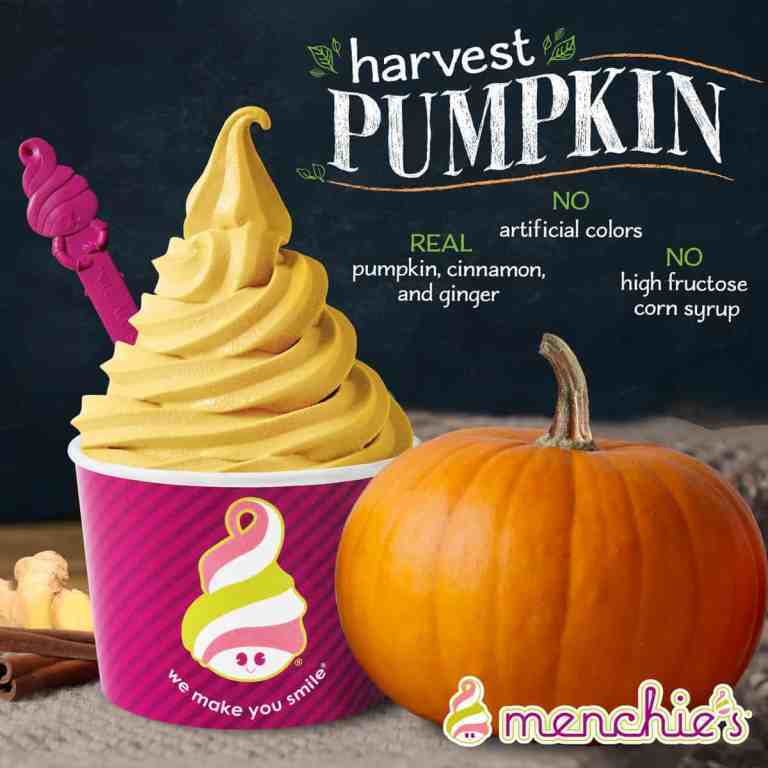
I like to mix these spices together first for an even mix so that no one spice overpowers the other.
Pumpkin Risotto (8-10 months)
Ingredients:
- 1/2 cup extra-virgin olive oil
- 1 cup finely chopped onion
- 1 tablespoon chopped garlic
- 2 cups arborio rice
- 1 cup apple juice)
- About 6 cups of hot chicken stock or vegetable stock
- 1 sugar pumpkin, one half baked and then pureed; the other half, peeled, cut into small dice, and sauteed in a little oil and butter until tender
- 1/2 cup grated Parmesan
- 4 tablespoons unsalted butter, cut into small pieces
Directions:
Step 1: In a medium-size skillet, heat the olive oil over medium-high heat. Add the onion and garlic and saute, until translucent and soft. Add the arborio rice and stir so that the rice is coated in the oil. Cook until translucent, stirring all the while.
Step 2: Add the apple juice and continue stirring and cooking until the juice has been absorbed. Slowly pour in enough chicken stock to cover the rice completely, about 3 cups, and continue to cook, stirring often, until all the liquid is absorbed.
Step 3: Pour in 1 cup more of the remaining stock and stir and cook until it has been absorbed. Repeat with last cup of stock. Add the remaining cup and cook until the rice is soft but but not mushy. Most of the stock will be absorbed at this point.
Step 4: Stir in the pumpkin puree and the diced pumpkin and reduce heat so that risotto and pumpkin mix in and infuse. Do not simmer – stir in the Parmesan and butter then serve.
I think I found this from the food network – it’s printed on now tattered paper and “network” is in the upper left-corner. It’s tattered because of over-use but my notes/tweaks are still legible – I have it down without the need to read.
Creamy Pumpkin Soup (8-10 months)
Ingredients:
- 16 ounces Pumpkin (canned or fresh pureed)
- 13.
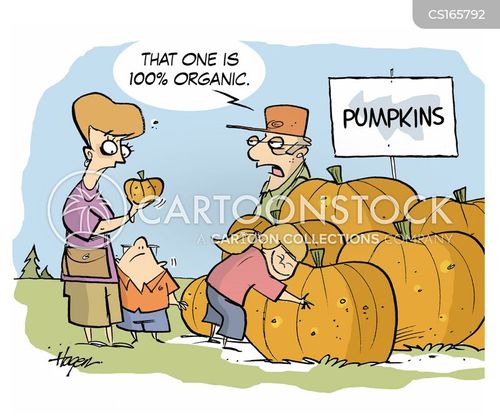 75 ounces Chicken Broth or Homemade Stock
75 ounces Chicken Broth or Homemade Stock - 1 Large Onion
- 2 Carrots (Wheels or Diced)
- 2 cups half and half or evaporated milk (sub. with yogurt if desired)
- 1/4 cup Sour Cream (optional)
- 1/8 teaspoon Pepper
- 1 teaspoon Cinnamon
- Dash of Nutmeg
- 1/2 teaspoon Baking Soda
- 1/3 teaspoon( or less) Salt
Directions:
Step 1: In a large pot add, chicken broth, onions, carrot, baking soda, salt and pepper.
Step 2: Simmer uncovered for ten to fifteen minutes until carrots are soft.
Optional: Put vegetable and broth into a food processor or blender and blend until smooth. Return to pot.
Step 3: Add pumpkin and half and half or yogurt. Simmer uncovered for 10 minutes.
Step 4: Pour into soup crocks or soup bowls. Top with sour cream (optional)
Back to Top
Autumn Smoothie (8-10 months)
Ingredients:
- 1/2 cup plain, vanilla or banana yogurt
- 1/2 cup milk
- 1/4 cup canned pumpkin
- 1/4 cup unsweetened applesauce
- 1/2 teaspoon cinnamon
- 1/4 teaspoon nutmeg
- dash of ginger
- 1 frozen banana
Directions:
Step 1: Combine everything in a blender. Blend until smooth. Serve immediately.
Blend until smooth. Serve immediately.
Serves one grown-up and one baby.
The Autumn Spoon (8 months+) – A new twist on the Autumn Smoothie
- 1/2 cup plain, yogurt
- 1/4 cup canned pumpkin
- 1/4 cup unsweetened applesauce
- 1/2 teaspoon cinnamon
- 1/4 teaspoon nutmeg
- dash of ginger
- 1 banana
Directions:
Step 1: Combine all ingredients in a blender or food processor. Blend or process until a thick consistency is created. Add some wheat germ for even more cling.
Banana Pumpkin Smoothie
Ingredients:
- 1-cup milk or plain yogurt
- 2 tablespoons canned pumpkin
- (or homemade puree pumpkin)
- 1 banana
- dash of cinnamon (8+months old)
Directions:
Step 1: Blend in blender until smooth and foamy.
Serve immediately.
Foods Good to Mix With Pumpkin:
- Apples
- Bananas
- Blueberries
- Peaches
- Carrots
- Butternut or Acorn Squash
- Sweet Potato
- Brown Rice
- Lentils
- Chicken
- Yogurt
Want more yummy pumpkin recipes? Try these pumpkin pancakes for baby or healthy mini pumpkin muffins!
Remember, always consult with your pediatrician regarding introducing solid foods to your baby and specifically discuss any foods that may pose allergy risks for your baby.
Pumpkins are high in Beta Carotene – Beta carotene is responsible for “Orange Babies”; if your baby’s nose, cheeks or even the soles of his feet are taking on an orange tinge, chock it up to the beta carotene!
I recently peeled back the label on a can of 100% pure pumpkin (Libby’s brand) and found this very interesting information, posted verbatim: Can I Eat the Pumpkin Without Cooking It?
Libby’s 100% pure pumpkin is thoroughly cooked during the canning process so it is perfectly safe and acceptable to enjoy straight from the can.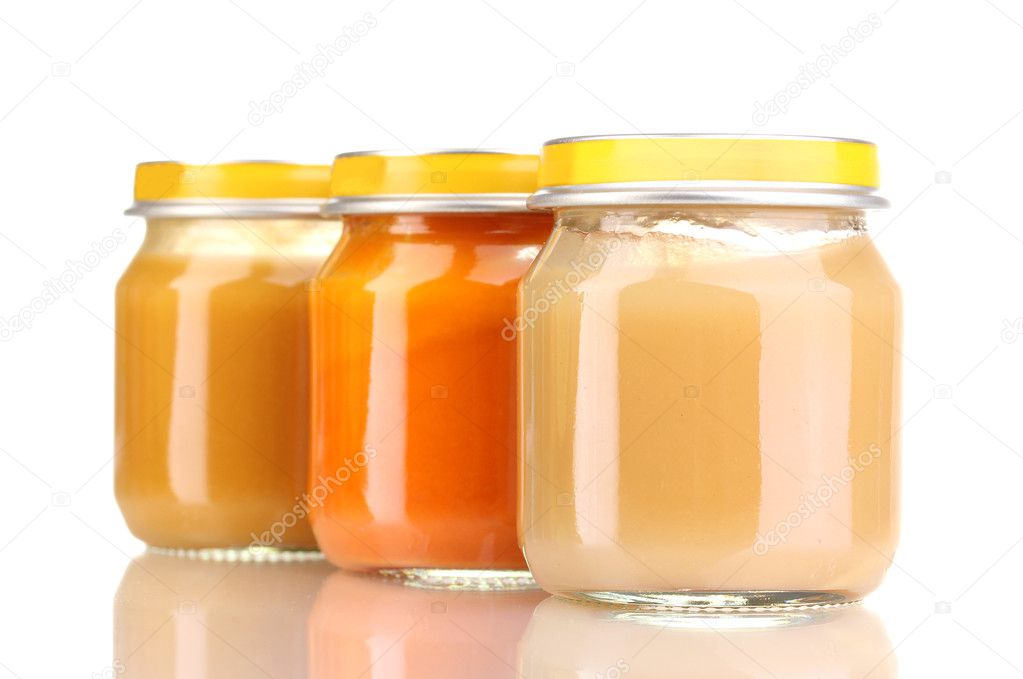
Once opened, can I freeze? How to Store? How Long Does Pumpkin Last?
Pumpkin may be stored in a sealed plastic container for 1 week in the refrigerator and up to 3 months in the freezer. When freezing, allow for headspace at the top of the container as the pumpkin may expand when frozen.
Pumpkin may have a separated appearance when thawed due to air bubbles. This will not affect the pumpkin quality or performance.
SHARE ON FACEBOOK SHARE ON PINTEREST
Pumpkin for babies: benefits and recipes
When your baby is about 6 months old, he starts teething AND he can chew some of the solid food you give him. This is the best time to introduce all the nutritious fruits and vegetables and make a healthy diet for them.
Pumpkin This is one such vegetable that has great nutritional value and is rich in beta-carotene. Read on to learn more about the benefits of pumpkin in your child's diet and how you can use it in many recipes.
In this article
Can children eat pumpkin?
Yes, you can safely give pumpkin to children. In fact, pumpkin contains many nutrients that help your child strengthen their immune system. It also has antimicrobial properties that kill harmful microbes in your child's gut. This makes it an important component of their diet to maintain health.
The best time to serve pumpkins to children
The best time to include pumpkins in your child's diet is when your child begins to develop milk teeth. This process begins somewhere between 3 and 12 months, but most often occurs around 6 months. If you give your baby solid food before 6 months of age, he will start spitting up as soon as you feed him. So, at about 6 months old, you can try feeding them pumpkin along with other solid or semi-solid foods.
Health Benefits of Pumpkin for Children
Pumpkin has many uses and benefits, including:
1. Key Nutrients
Pumpkin contains many essential vitamins and nutrients that your child needs for development. It contains high amounts of calcium and magnesium, which help to strengthen your child's bones. The phosphorus in pumpkin can also improve brain function, maintain balanced hormone levels, and improve digestion.
It contains high amounts of calcium and magnesium, which help to strengthen your child's bones. The phosphorus in pumpkin can also improve brain function, maintain balanced hormone levels, and improve digestion.
2. Eye health
Pumpkin is also a storehouse of vitamin A, an important component of eye health. This ensures good visibility both day and night. It is also rich in carotenoids, which reduce the risk of infection. eye disease is different. These carotenoids help reduce macular degeneration (a buildup of fatty material on the retina that causes blurry vision) in both children and adults, helping to improve vision. This carotenoid is responsible for the bright orange color of pumpkins.
3. Improves digestion.
Pumpkin is rich in fiber, which aids in digestion. They regulate your baby's intestinal motility and prevent constipation.
4. Rich in antioxidants
Pumpkin contains high levels of beta-carotene, which is an antioxidant and reduces oxidative stress on many members.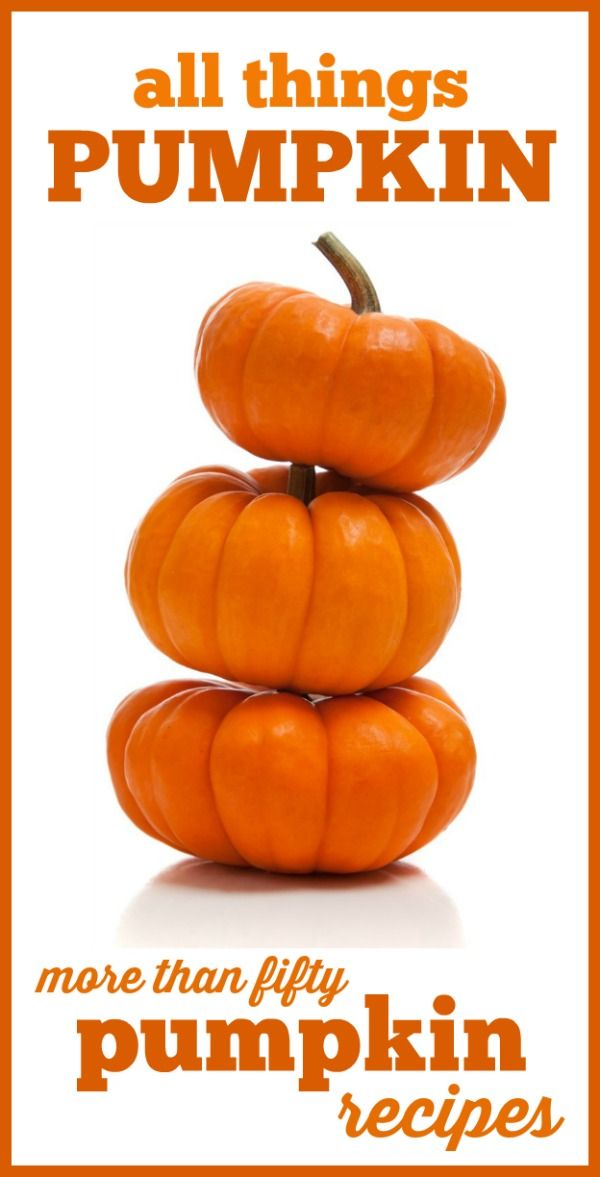 Oxidative stress means an imbalance in the production of free radicals in the body. Over time, this can cause chronic diseases such as diabetes and cancer. Your child's body can also convert beta-carotene to vitamin A for additional benefits.
Oxidative stress means an imbalance in the production of free radicals in the body. Over time, this can cause chronic diseases such as diabetes and cancer. Your child's body can also convert beta-carotene to vitamin A for additional benefits.
5. Brightens skin
Carotenoids help scavenge free radicals in your child's body, which slows down aging. It wipes the surface of your baby's skin, making it glow. It can also prevent skin diseases.
6. Increases energy levels.
Potassium This is a great source of energy and just one cup of pumpkin is a great source of potassium. Improves the balance of electrolytes in the blood and improves muscle function.
7. Boosts the immune system.
Pumpkin is high in Vitamin C. Biochemistry that protects your child from colds and flu. It also has antimicrobial properties that improve your child's immunity.
8. Promotes good sleep
The tryptophan in pumpkin helps in the production of serotonin in our body. Serotonin is an amino acid that calms the body and allows you to sleep better at night
Serotonin is an amino acid that calms the body and allows you to sleep better at night
9. Pain-relieving properties
Children who are still developing immunity are susceptible not only to germs, but also to worms and other parasites. The anesthetic properties of pumpkin (the ability to destroy worms) keep these worms and parasites at bay so that your child is healthy.
What is the nutritional value of pumpkin?:
The table below lists the nutritional content of pumpkin.
| Nutritional value | Cost per 100 grams |
| energy | 26kcal |
| 91g | |
| 2.8g | |
| Carbohydrates | 6.5g |
| protein | 1g |
| fatty fat | 0.1g |
| Base | 0.5g |
| 0.8mg | |
| calcium | 21mg |
| magnesium | 12mg |
| potassium | 340mg |
| phosphorus | 44mg |
| Vitamin C | 9mg |
| Vitamin B6 | 0. 06mg 06mg |
| Vitamin A | 8510 IU |
| Vitamin E | 1.1mg |
| Vitamin K | 1ug |
| Folic acid | 16ug |
| zinc | 0.3mg |
| sodium | 1mg |
| Thiamine | 0.05mg |
| Niacin | 0.6mg |
| riboflavin | 0.1mg |
Ways to cook pumpkin for your baby
There are several ways to cook or bake pumpkin before serving it to your baby. Listed below are some ways to boil and roast pumpkin.
1. Baking method
After peeling the zucchini, brush the zucchini halves with olive oil and set aside on a baking sheet. Bake for 45 minutes at 375℉ or until done. Remove from oven and wash the pulp in a bowl. It's also a good idea to add some oil.
2. Boiling method.
Bring water to a boil. Put the pumpkin pieces in the pan and cook until soft. Drain the water and let the zucchini cool for a few minutes. You can immediately add it to the dish or put it in the refrigerator. Don't just store them in the refrigerator because they can turn an unhealthy orange-brown color when consumed.
Put the pumpkin pieces in the pan and cook until soft. Drain the water and let the zucchini cool for a few minutes. You can immediately add it to the dish or put it in the refrigerator. Don't just store them in the refrigerator because they can turn an unhealthy orange-brown color when consumed.
You can even feed your pumpkin puree - plain, cereal or yogurt.
Simple and easy pumpkin recipes for kids
1. Pumpkin puree for babies.
Boil pumpkin in water until soft. Take the pumpkin pieces out of the water and beat them to a puree. You can even add water or breast milk to get the consistency you want.
2. Apple-pumpkin puree.
For this you will need one sugar gourd and three peeled and cored apples. Cut them into cubes and boil them in water until soft. After cooling, mash the mixture into a puree and add a little cinnamon for flavor.
3. Pumpkin soup.
Making pumpkin soup for kids is a great way to include it in your diet.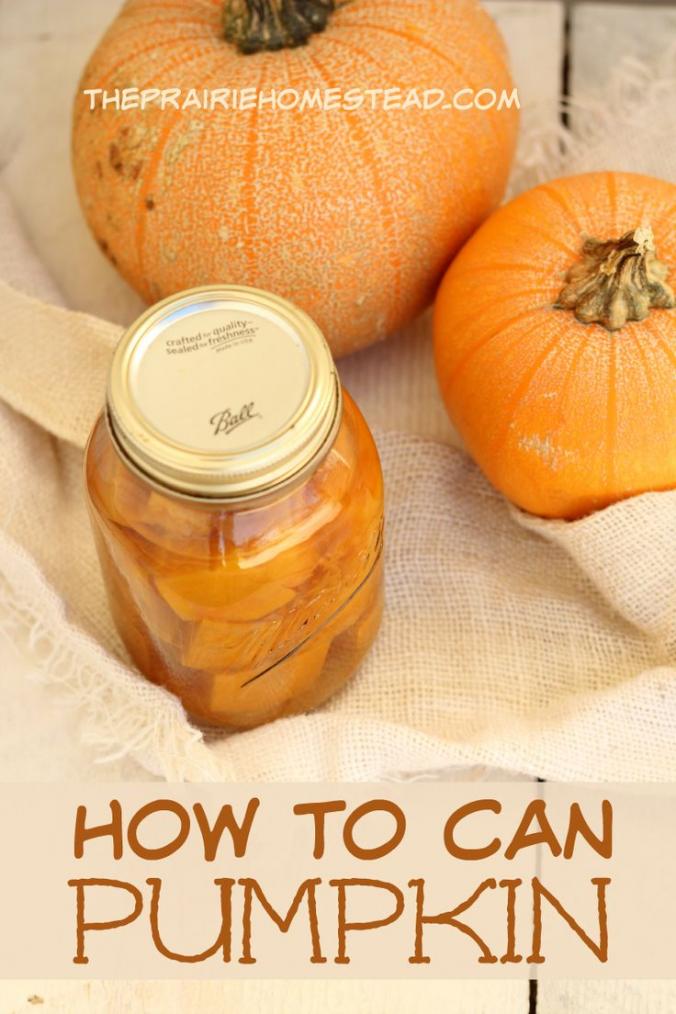 Prepare:
Prepare:
- Add 2 tbsp. butter in a frying pan and let it melt
- Add ¼ cup chopped onion and fry
- Add three cups of diced red pumpkin and saute slightly.
- Add three cups of water, a little salt and pepper to taste.
- Cook until the zucchini is tender, then let the mixture cool for about 15 minutes.
- Blend this mixture in a blender and add the liquid back to the pot.
- Bring soup back to a boil, adding 1/4 cup cream.
- Decorate it with green onions and feed the baby.
4. Pumpkin and pear puree.
For this recipe, take one pear without skin and core. Mash pear and mix with pumpkin puree. (Recipe mentioned above.)
5. Pumpkin, banana and peach
Steam one pear and one peach until they are soft and mash them or mix them into the mixture. Add canned or preferably fresh pumpkin puree to this mixture.
6. Brown rice and pumpkin porridge.
Brown rice is difficult to digest so use only ½ tablespoon of rice. Peel the rice and soak in water for half an hour. Steamed pumpkin, about 120 g. Add pumpkin-soaked rice and cook over high heat for a few minutes, then simmer for another five minutes. Strain and cool before feeding the baby.
Peel the rice and soak in water for half an hour. Steamed pumpkin, about 120 g. Add pumpkin-soaked rice and cook over high heat for a few minutes, then simmer for another five minutes. Strain and cool before feeding the baby.
7. Pumpkin and spinach roti
For this you will need a glass of finely grated red pumpkin, one glass of spinach, finely peeled and chopped, one glass of flour, preferably whole grain, half a teaspoon. turmeric powder, a little oil, butter and salt to taste.
- Heat some oil in a frying pan and fry the spinach for a few minutes, then remove.
- Let it cool down a bit. Combine flour, pumpkin and turmeric and knead into a smooth dough.
- Roll up some balls and flatten them to make mushrooms.
- Pan fry well with butter and serve with spinach.
questions and answers
1. Is canned pumpkin safe for children?
Canned pumpkin is safe to feed your baby if it is a clean pumpkin. Some jars also contain pumpkin pie mix, which contains starch, sugar, and other additives that may be harmful to your baby. It is for this reason that most doctors advise avoiding canned foods for your child. Be sure to read the label so you know you are buying the right pumpkin for your child.
Some jars also contain pumpkin pie mix, which contains starch, sugar, and other additives that may be harmful to your baby. It is for this reason that most doctors advise avoiding canned foods for your child. Be sure to read the label so you know you are buying the right pumpkin for your child.
2. How to choose a pumpkin for a child?
Pumpkins generally do not require the use of pesticides, so they are safe to consume in most cases. But if you still want to buy an organic pumpkin for your child, this is your personal choice.
Choose smaller, less ripe pumpkins for your child. They are also called sugar pumpkin, cooking pumpkin, and even pie pumpkin. They have less fiber than larger ones, and they also have sweet and firm flesh. They can add extra flavor to soups and pastries. Also, be sure to choose a pumpkin that is slightly heavier for its size. This means that it has a higher water content in the pulp.
If you buy a pack of peeled and cut pumpkins, make sure the color is darker or darker orange.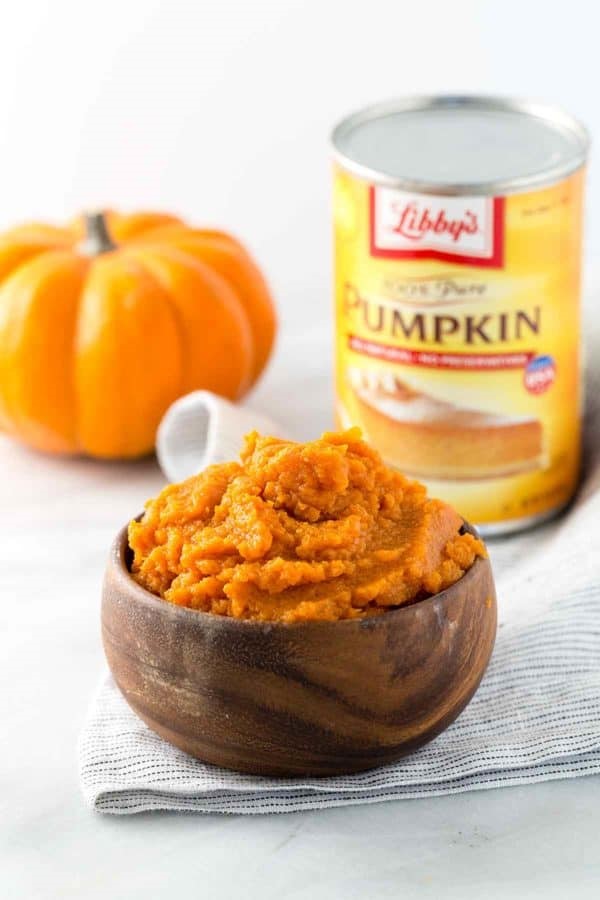 For an uncut pumpkin, buy a bright orange pumpkin with no spots or cuts on the surface. Make sure it's not too ripe.
For an uncut pumpkin, buy a bright orange pumpkin with no spots or cuts on the surface. Make sure it's not too ripe.
3. How to cook pumpkin?
Be sure to peel and brush the pumpkin with a vegetable brush to remove dirt before cooking with any recipe. Use cold water to rinse the pumpkin. Then cut the pumpkin in half and remove the seeds with a spoon.
If you prefer pre-cut zucchini, be sure to rinse them in cold water in a colander before using. After that, any dish can be prepared from pumpkin.
Always cook pumpkin after cutting it. But avoid long cooking times, as this can reduce the nutritional value of the pumpkin. Use any of the recipes above or try other pumpkin baby food recipes to include in your baby's diet.
Your child may enjoy discovering new flavors and flavors, but it is important that you check with your doctor before introducing any new food. Also try eating only one food at a time to see if it causes allergies or side effects.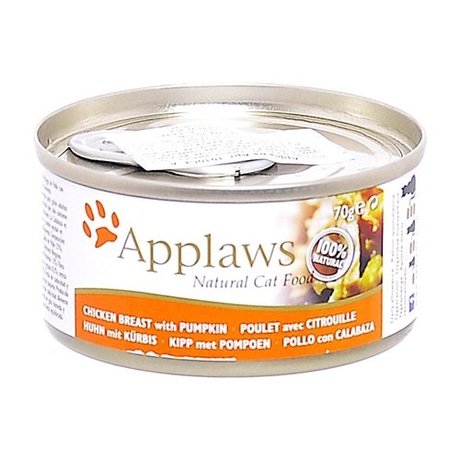 If your child is sick or taking medication, do not introduce new foods into his diet.
If your child is sick or taking medication, do not introduce new foods into his diet.
Pumpkin is a versatile product that goes well with vegetables, fruits and even meat. You can try mixing pumpkin with rice, lentils, pears, broccoli, and many other foods to provide your child with all the nutrients they need to grow.
Pumpkin puree - 6 recipes for making baby puree for babies
Many mothers prefer homemade pumpkin puree, prepared on their own. In fact, this is the right decision, because this is the only way to know for sure what ingredients the complementary foods for the baby will consist of.
Material content:
- 1 Classic pumpkin puree for babies
- 2 Cooking with zucchini
- 3 Pumpkin puree for babies
- 4 Tasty and healthy dish with apples
- 5 Baby pumpkin puree for the winter
- 6 Benefits of pumpkin puree for babies
- 7 At what age can it be introduced into the diet?
Classic pumpkin puree for babies
If you are wondering how to cook and how much to boil pumpkin for baby puree, then the information below will definitely prove useful to you.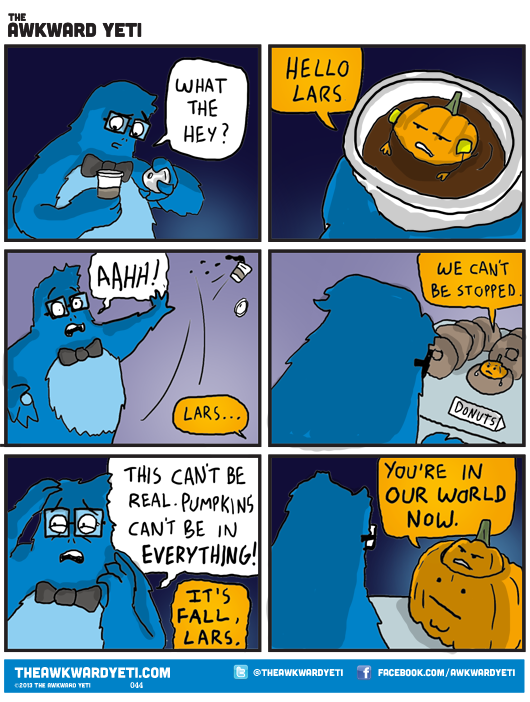 Feel free to use this recipe.
Feel free to use this recipe.
What you need:
- pumpkin - 200 g;
- water - ½ cup.
Take a small pumpkin. It is desirable that it is not too old and hard. Give preference to the young fetus.
- Separate 200 grams, peel and core. Then cut into small cubes, pour half a glass of water and send to boil.
- Cooking lasts 15-20 minutes on low heat. When the vegetable becomes soft, it means that it is ready and you can remove the pan from the stove.
- Puree pumpkin with a mixer or immersion blender and then feed it to your baby.
Watch this video on YouTube
You can put a small branch of greenery. The main thing is that she grinds completely.
Cooking with zucchini
Pumpkin puree for baby with zucchini will be a great addition to complementary foods.
What you need for 100 grams of pumpkin:
- zucchini - 100 g;
- milk - half a glass;
- butter - a piece.
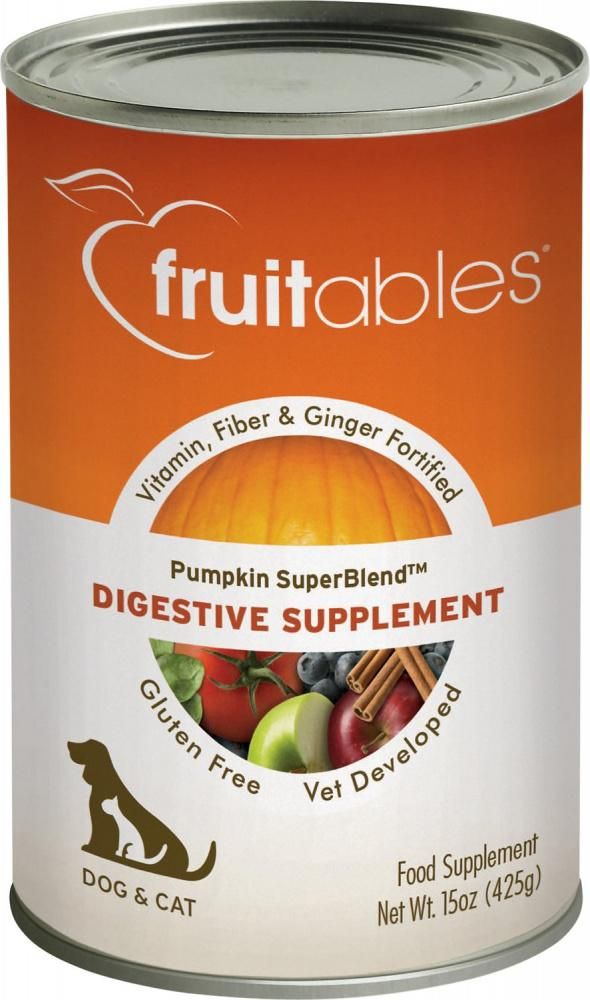
This pumpkin puree for babies is already suitable for older babies - about 9 months.
- Take care of the vegetables first. Peel the zucchini and pumpkin, remove the core and cut into small pieces.
- Pour them in a saucepan with milk if the child is not allergic to it, or with water and boil for a few minutes over low heat.
- Next, blend the vegetables until smooth and free of fiber fibers using an immersion blender or mixer on high speed.
Baby Pumpkin Soup
The ingredients in the recipe are for one serving of Baby Soup.
What you need:
- pumpkin - 150 g;
- potatoes - 1 pc.;
- carrots - 1 pc.;
- onion - ½ pc.;
- salt - a pinch;
- water - 2 glasses;
- a spoonful of olive oil.
Cooking algorithm:
- Pour water into a saucepan and bring it to a boil.
- Pumpkin and potatoes cut into medium sized cubes.
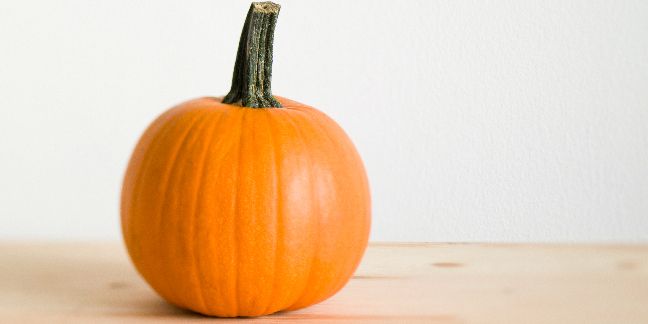 They must first be peeled and washed thoroughly. Pay special attention to this moment, because you are preparing mashed potatoes for a small child, which means that it must be clean, without unnecessary impurities.
They must first be peeled and washed thoroughly. Pay special attention to this moment, because you are preparing mashed potatoes for a small child, which means that it must be clean, without unnecessary impurities. - Carrots are rubbed on a fine grater, half of the onion is cut as finely as possible.
- Put all the ingredients in a saucepan and boil them in boiling water for half an hour over medium heat.
- After the vegetables are cooked, let them cool slightly and add the oil.
- Puree them immediately using an immersion blender or mixer. Put a pinch of salt, mix well and you can give the dish to the child.
Watch this video on YouTube
Tasty and healthy dish with apples
Pumpkin combined with an apple is a unique complex of vitamins and beneficial trace elements for a growing organism.
What you need:
- pumpkin - 200 g;
- apple - 1 pc.
Prepare like this:
- Rinse pumpkin and apples thoroughly.
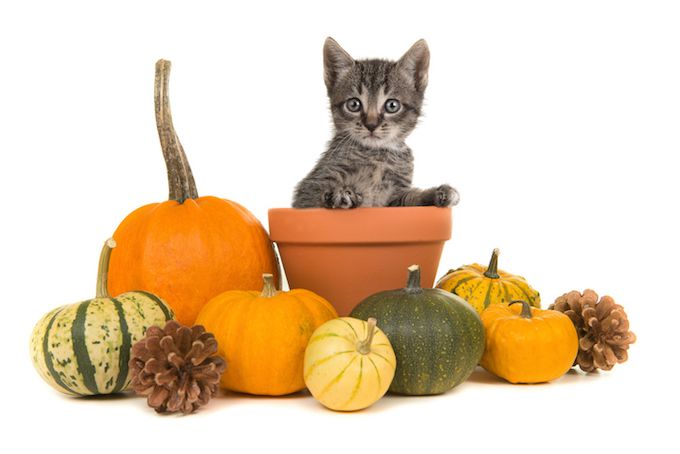 For cooking, it is better to use medium-sized fruits.
For cooking, it is better to use medium-sized fruits. - Cut them into medium-sized pieces and put them in a saucepan. Pour half a glass of water there and boil for 20 minutes with the lid closed.
- Once the ingredients are ready, drain off any excess water. Leave the dish to cool briefly and puree using an immersion blender or mixer.
If this is not possible, simply pass the mixture through a meat grinder or sieve.
After the above steps, the puree can be given to the child. This recipe is also suitable for a slow cooker, but in it the time will need to be increased to half an hour and the “Extinguishing” program should be set.
Watch this video on YouTube
Baby pumpkin puree for the winter
What you need:
- pumpkin - 200 g;
- sugar - ½ cup.
Cooking!
- First, dissolve the sugar in boiling water.
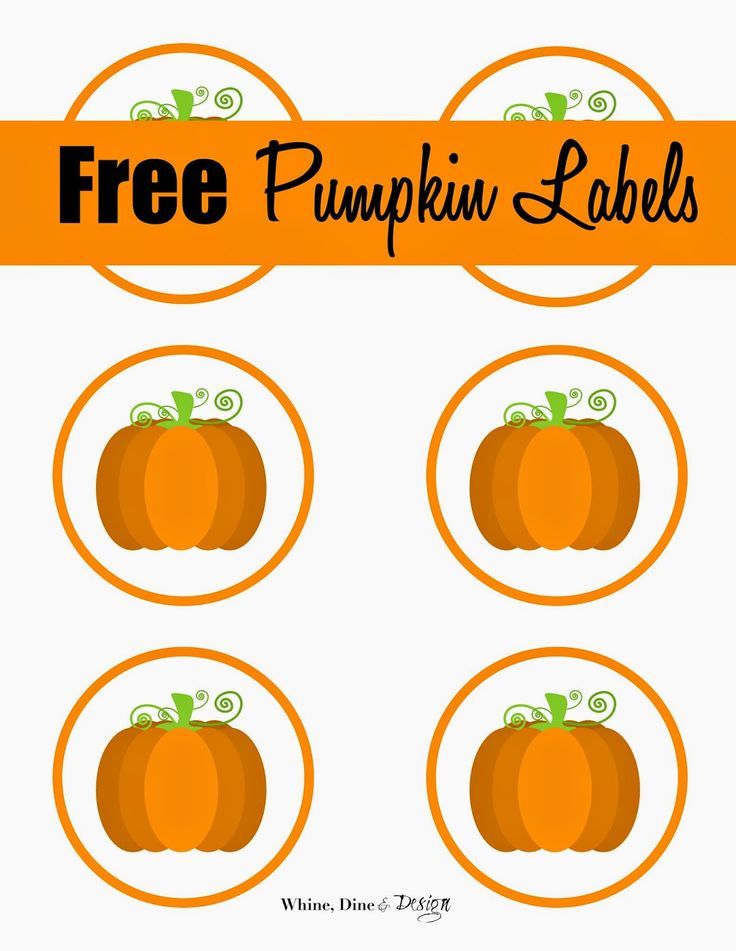 In this case, the syrup should not be very thick (be sure to keep this in mind).
In this case, the syrup should not be very thick (be sure to keep this in mind). - Take the pot off the stove and get on with the pumpkin. Cut it into large slices, peel and seeds, and then send it to the oven for 40 minutes at a temperature of 200ºС. It is important that the pumpkin is completely softened, then the puree will be easier to prepare.
- To make the puree tender in taste and consistency, you can pour a little water into the baking dish for the pumpkin - then the slices will not wrinkle during cooking.
- When the pumpkin is ready, pass it through a sieve or grind it with an immersion blender, then mix well with the syrup and place in sterilized jars.
Watch this video on YouTube
The benefits of pumpkin puree for babies
Many people know that babies still have a rather weak body, which is due to the beginning of its development. For this reason, the introduction of complementary foods should be treated with special attention and caution.
First of all, the benefits of pumpkin puree for little children are a huge amount of vitamins, including: A, PP, B1, B6 and many others. Also, any orange fruits contain beta-carotene, which has a beneficial effect on the development of visual function not only in children, but also in adults. Among the trace elements found in the pumpkin, it is worth highlighting calcium, magnesium, iron and phosphorus.
Therefore, there is no need to doubt how useful pumpkin puree will be for babies. In addition, if you combine it correctly with other products (for example, apples, zucchini, broccoli, cauliflower, etc.), then the benefits can increase significantly. Yes, and homemade mashed potatoes, prepared by yourself, will be clearly better than bought in a store.
At what age can it be introduced into the diet?
Pumpkin is an orange vegetable and therefore potentially allergenic. Therefore, puree from it should be introduced into the child's diet only after he gets acquainted with zucchini, broccoli and other vegetables.



